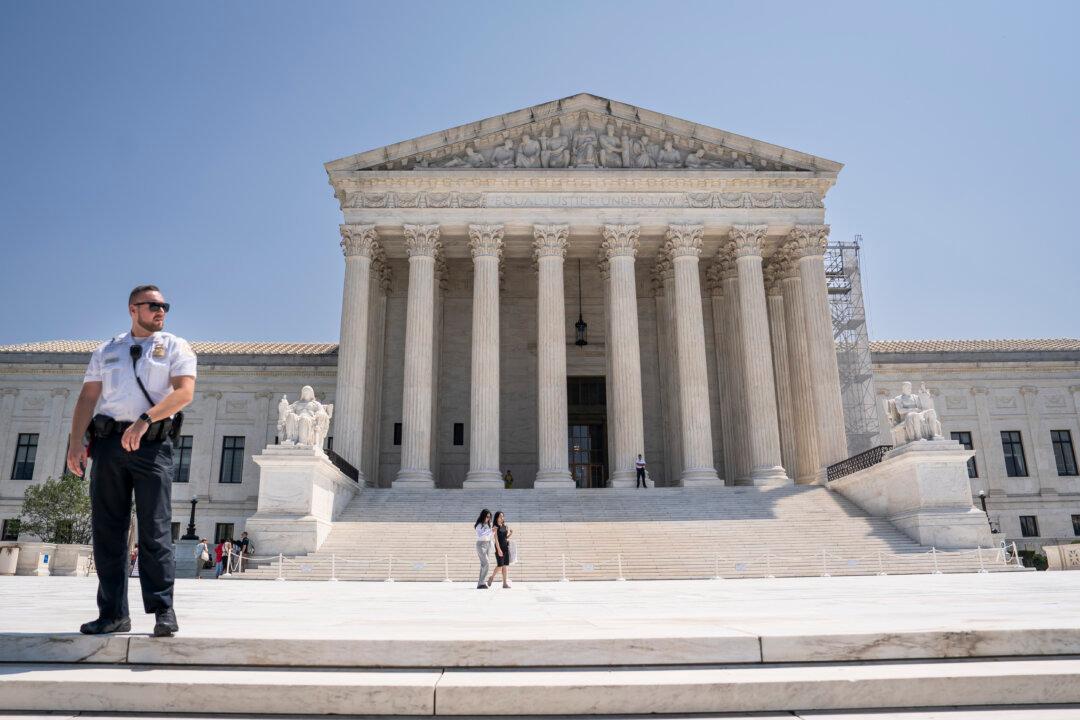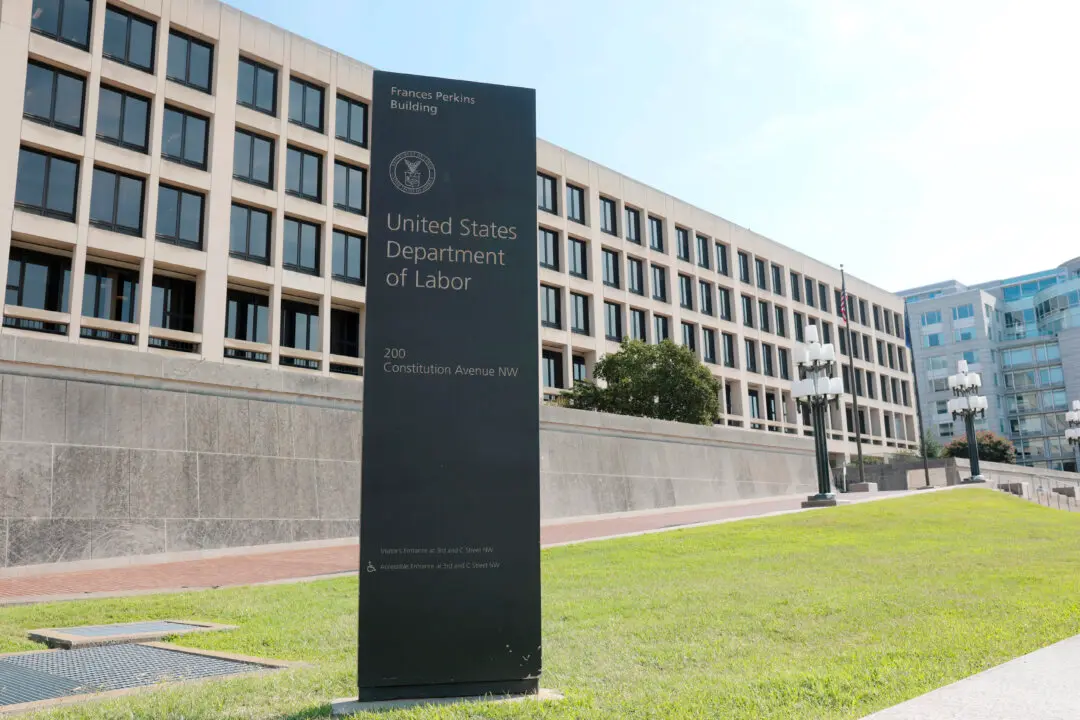Commentary
On May 29, 1935, in the midst of a Great Depression that would not end, the Supreme Court struck down a central piece of legislation of Franklin Delano Roosevelt’s New Deal, the National Industrial Recovery Act. In Schechter Poultry Corp. v. United States, the court ruled that the entire scheme violated the U.S. Constitution.





